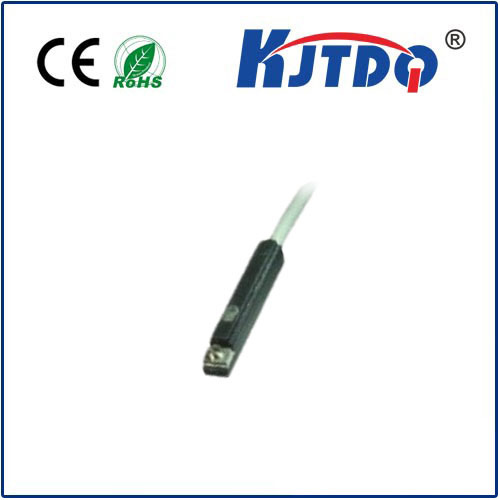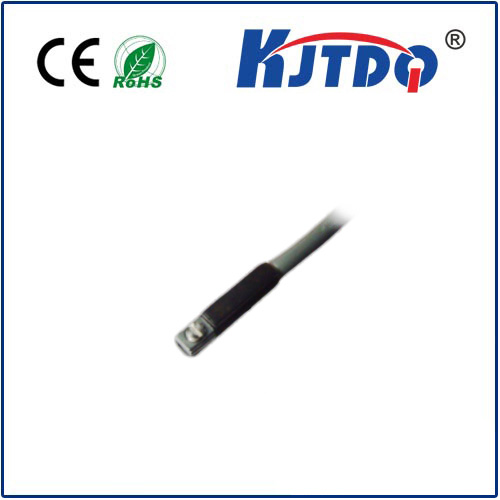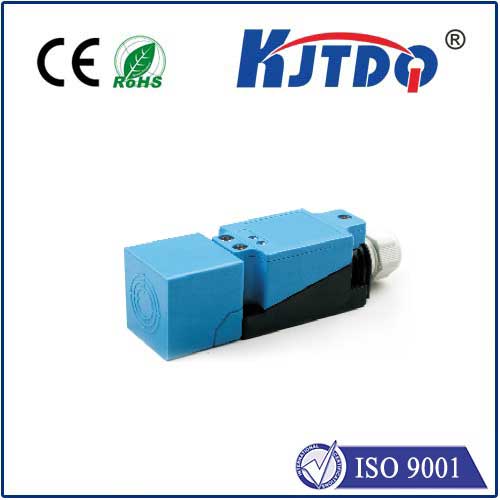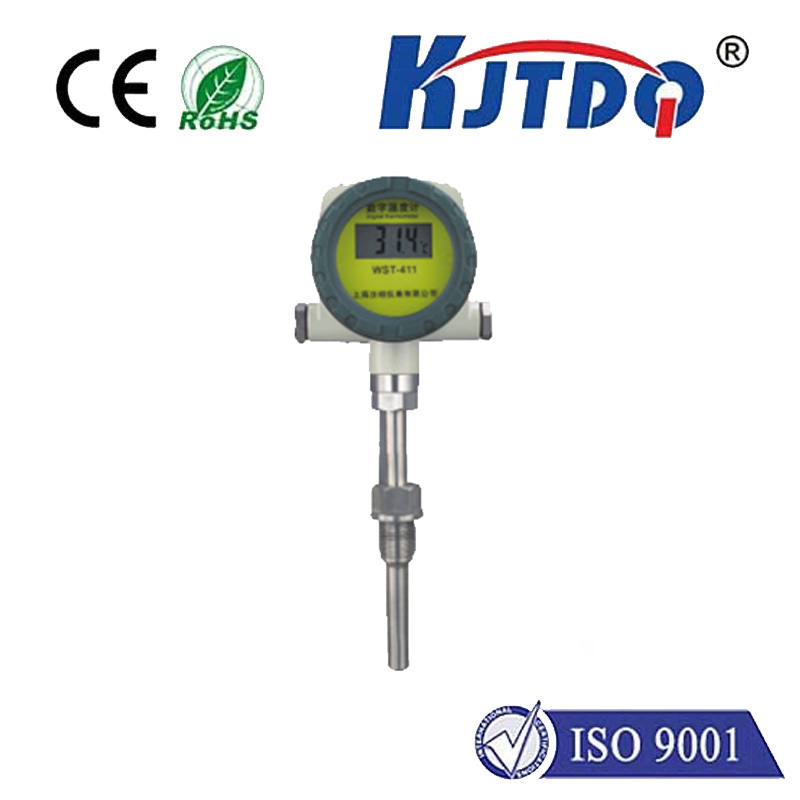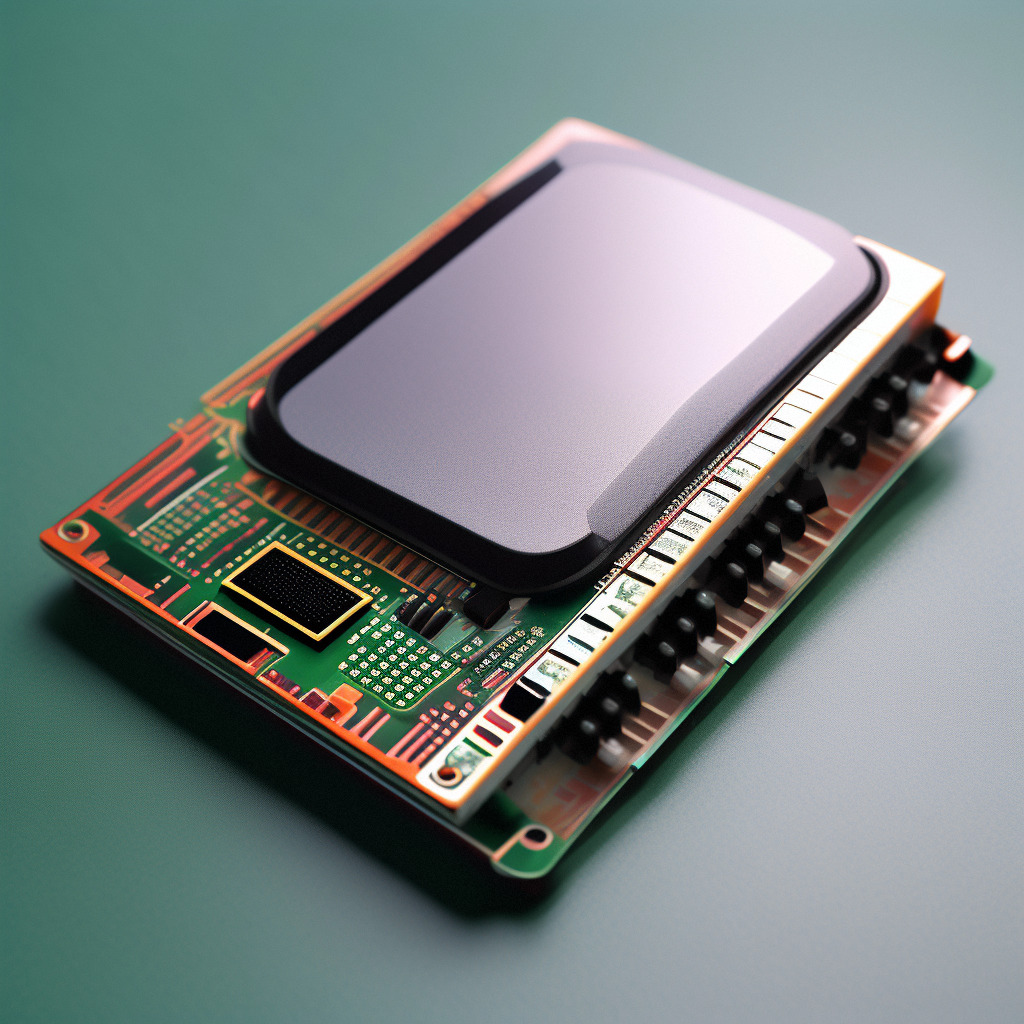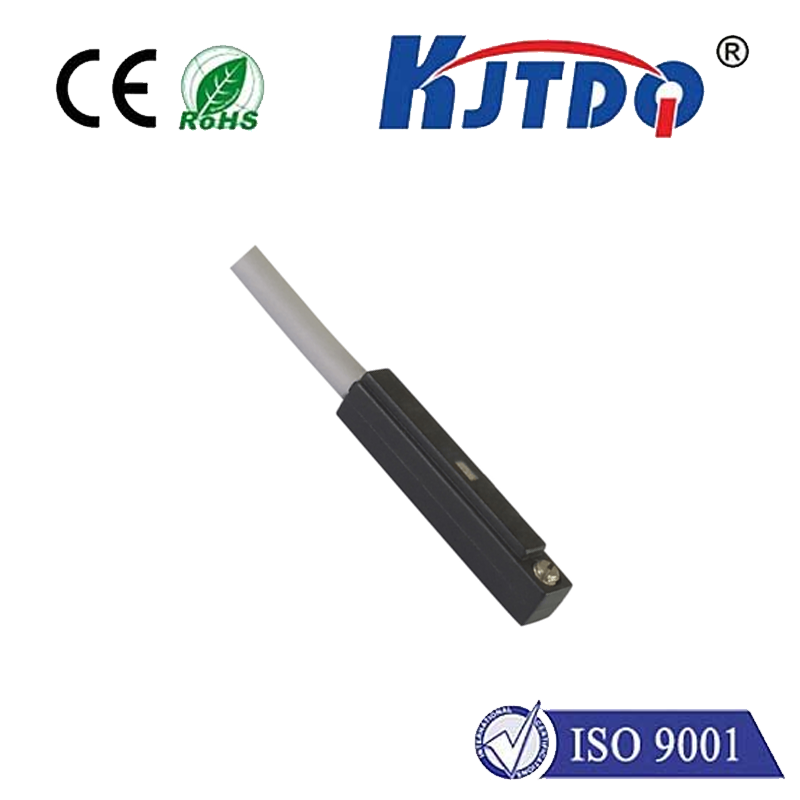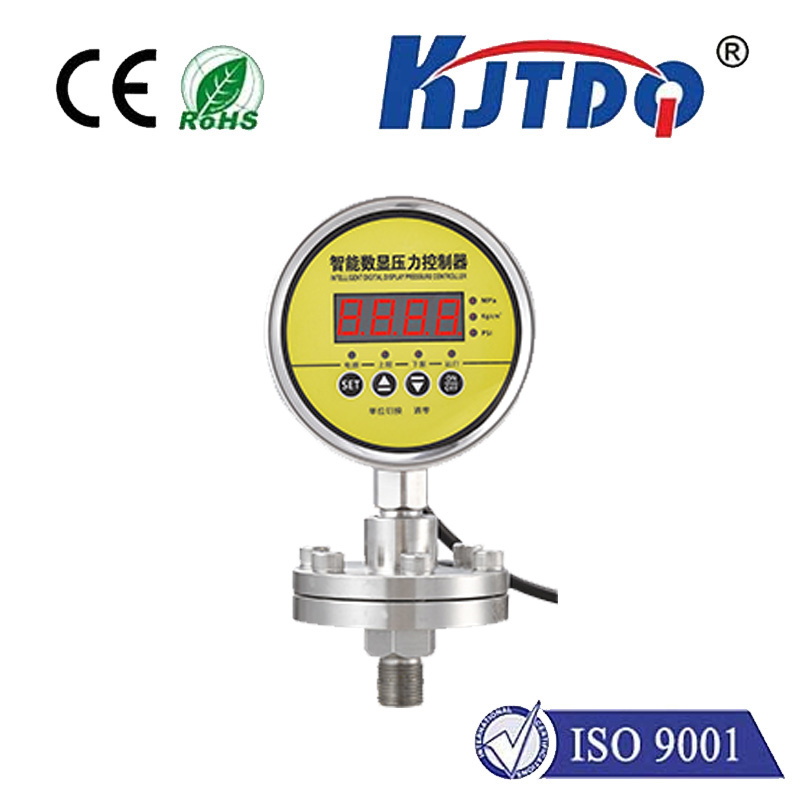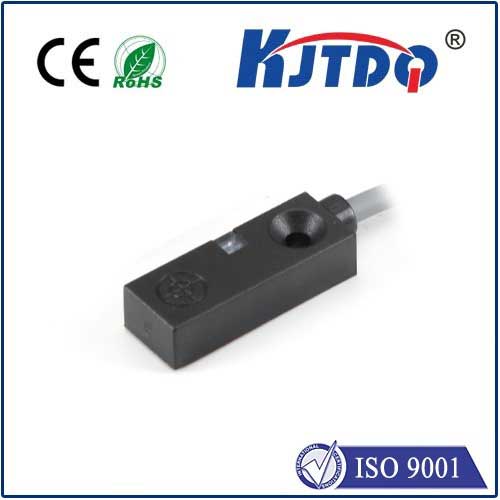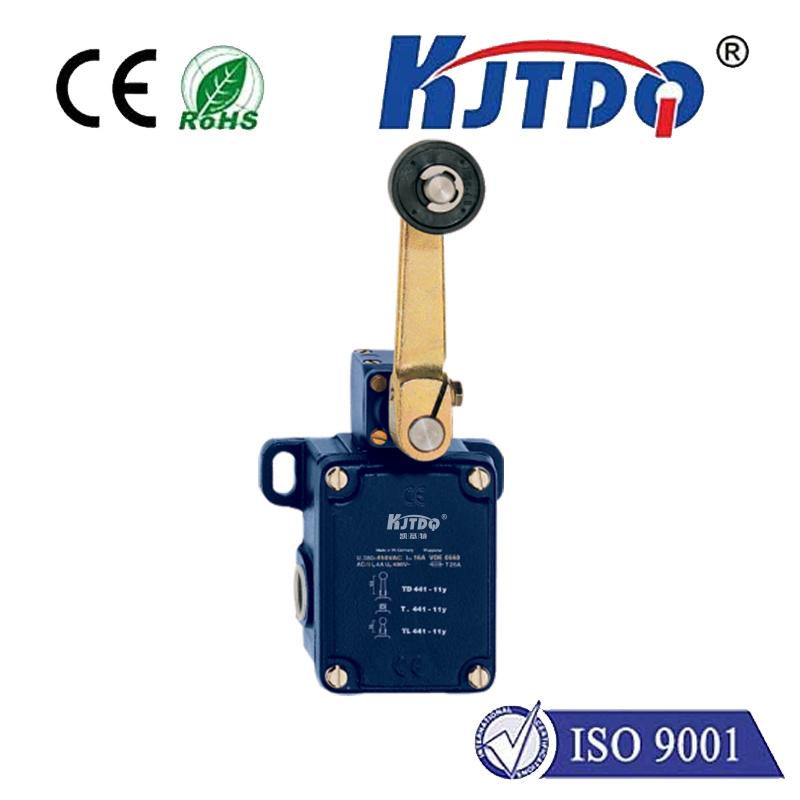

check

check

check

check

check

check

check

check

check

check
Cylinder proximity sensors are an integral part of modern automation systems, providing essential functions that ensure machinery operates safely and efficiently. These sensors utilize the principles of proximity sensing to detect the presence or absence of a target object without physical contact. In this article, we will explore the role of cylinder proximity sensors, their key benefits, and their diverse applications across various industries.
A cylinder proximity sensor is a type of non-contact sensor designed to detect objects at a specific distance. Unlike other types of sensors that require physical contact, these sensors work based on changes in magnetic fields, electromagnetic fields, or capacitative fields. They are typically embedded within pneumatic cylinders, allowing them to monitor the position and movement of cylinder components with high precision and reliability.
Precision and Accuracy: Cylinder proximity sensors offer high accuracy in detecting the position and movement of cylinder components, making them ideal for applications requiring precise control.

Non-Contact Measurement: As they operate without physical contact, cylinder proximity sensors reduce wear and tear, extending the life of both the sensor and the machinery it monitors.
Reliability: These sensors provide consistent performance even in harsh environments such as high temperatures, dust, moisture, and chemical exposure. This makes them highly reliable for industrial use.
Safety: By accurately monitoring the position and movement of pneumatic cylinders, proximity sensors enhance the safety of automated systems by preventing collisions and ensuring proper functioning of safety mechanisms.
Versatility: Cylinder proximity sensors can be used with various materials, including metals, plastics, and liquids, making them versatile tools for a wide range of applications.
Automotive Industry: In the automotive sector, cylinder proximity sensors are used to monitor the position of pneumatic actuators in robotic arms and automated assembly lines. This helps ensure precise and efficient operation, reducing downtime and maintenance costs. Manufacturing Sector: These sensors play a crucial role in manufacturing processes by controlling the movement of pneumatic cylinders in conveyor belts, packaging machines, and automated sorting systems. Their ability to provide accurate feedback enhances productivity and minimizes errors. Food and Beverage Industry: In food processing, cylinder proximity sensors help manage the movement of pneumatic cylinders in filling machines, labeling equipment, and packaging facilities. This ensures that products are handled hygienically and efficiently, maintaining quality standards. Pharmaceutical Industry: In pharmaceutical manufacturing, these sensors are vital for monitoring the precise operation of pneumatic cylinders in mixing devices, tablet presses, and packaging lines. Ensuring accurate dosages and preventing contamination are critical in this industry. Aerospace Industry: Aerospace manufacturing relies on precision engineering, where cylinder proximity sensors assist in controlling hydraulic and pneumatic cylinders used in aircraft assembly and maintenance. Their reliability ensures the safety and performance of aerospace components. Robotics: In robotics, cylinder proximity sensors are integral to the functionality of robotic arms and grippers. They allow for precise control over movements, enabling robots to perform delicate tasks with high accuracy.
Cylinder proximity sensors are indispensable components in modern automation systems, offering precision, reliability, and versatility across a wide range of industries. Their ability to provide accurate non-contact measurements ensures enhanced operational efficiency, safety, and reduced maintenance costs. As technology continues to advance, the applications and benefits of cylinder proximity sensors are likely to expand even further, solidifying their role in the future of automation and industrial processes.
